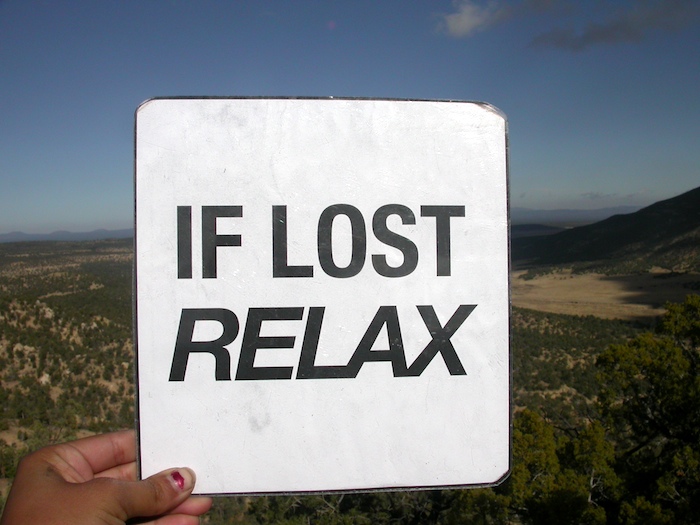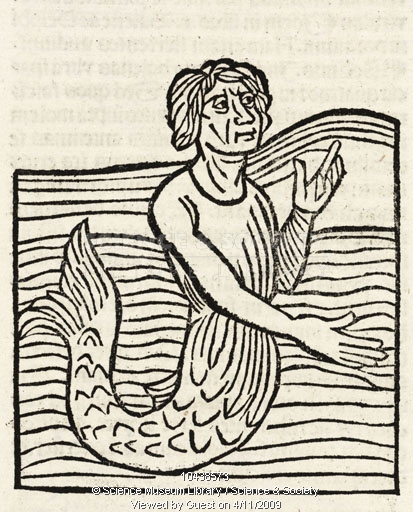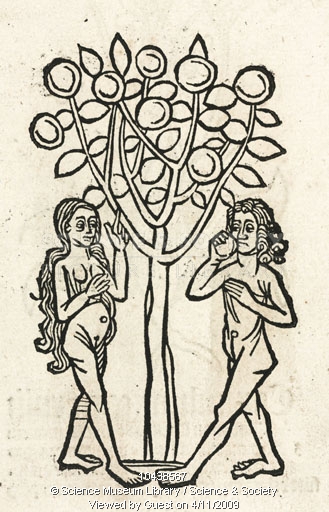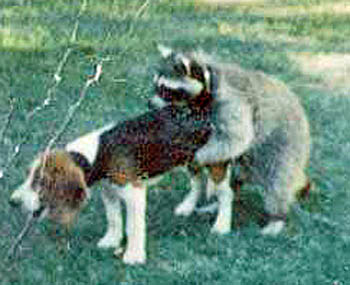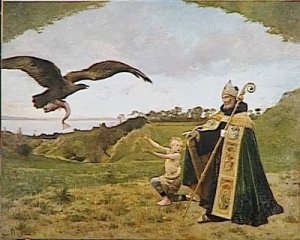I went to a talk at Parsons today on Land Art, presented by Incubo (Chile) and Land Arts of the American West (Texas).
The 2 groups worked on this, Earthworks Lab.
Land Arts of the American West is “an interdisciplinary field program expanding the definition of land art through direct experience with the full range of human interventions in the landscape, from the inscriptions of pictographs and petrogylphs to the construction of roads, dwellings, and monuments, as well as traces of those actions. Land art includes gestures both small and grand, directing our attention from potsherd, cigarette butt, and mark in the sand to human settlements, monumental artworks, and military/industrial projects such as hydroelectric dams and decommissioned airfields.”
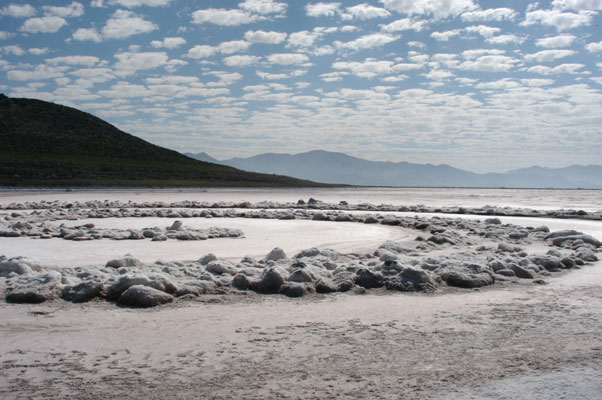
One of Incubo’s projects is Nomade, taking a 4wd bus out into remote landscapes. First foray for artists and designers went to the Atacama Desert, engaging in fog-catching, speculative interventions, and inquiring into recent post-industrial landscapes.
(Tapping fog or fog harvesting has successful in many localized instances.)



